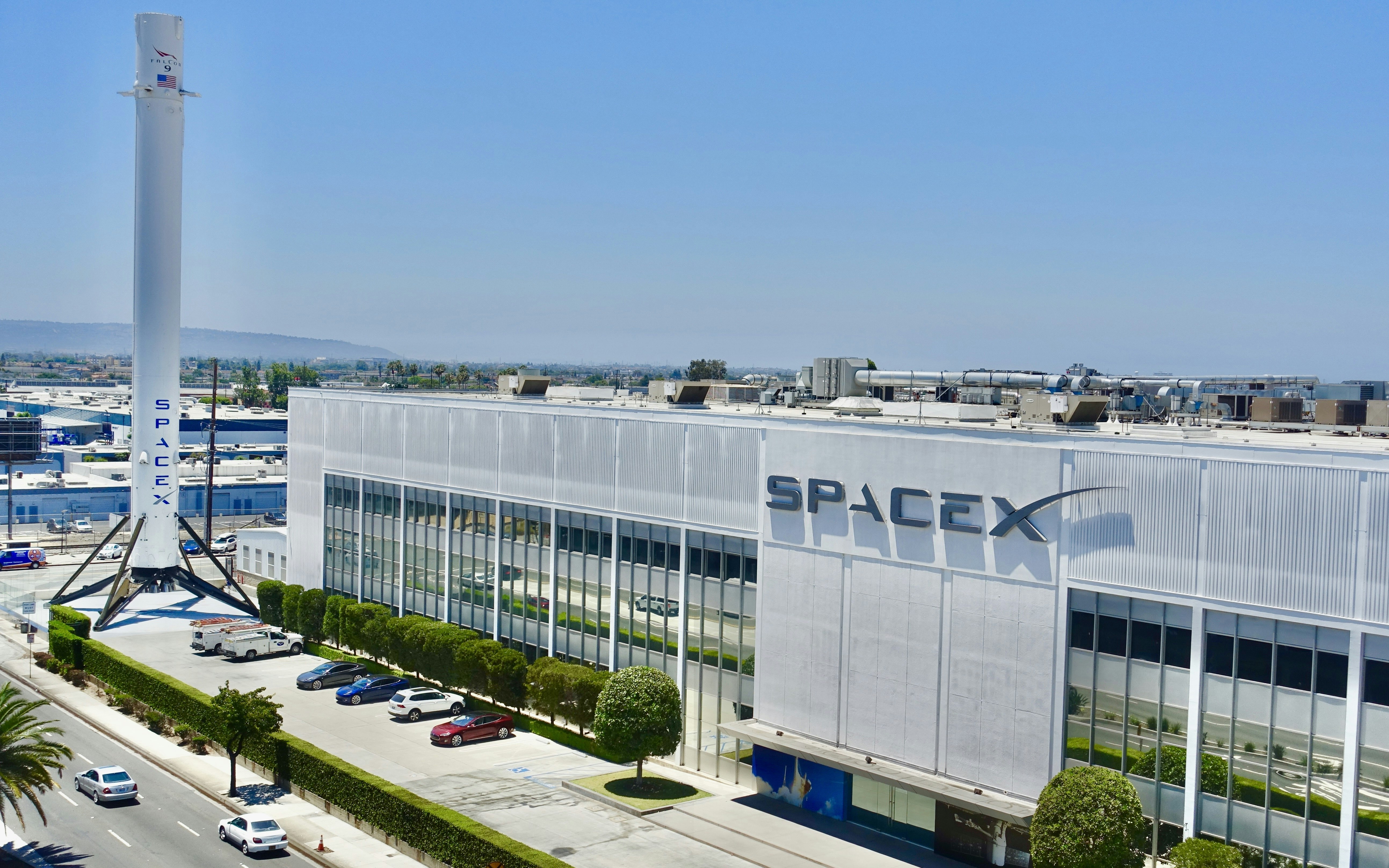Technology
SpaceX plans expansion of Starlink satellites: New generation could hinder astronomical observations
SpaceX plans to expand its Starlink constellation with new, significantly brighter Direct-To-Cell satellites.

The American aerospace company SpaceX plans a significant expansion of its Starlink satellite constellation. The new Direct-To-Cell (DTC) satellites aim to enable smartphones to directly access the mobile network without an additional antenna, similar to a terrestrial mobile network. However, this development could have far-reaching impacts on astronomy.
A study by the International Astronomical Union (IAU) shows that these new satellites could shine up to 4.9 times brighter in the sky than the previous Starlink satellites. Researchers from the IAU, who are responsible for protecting the dark sky from disturbances caused by satellite constellations, have determined after initial tests of the six prototypes already launched that the new DTC satellites could significantly impair astronomical observations.
The first DTC prototypes were launched into space on January 3, 2024. After successful tests, SpaceX applied for permission to launch 7,500 DTC satellites, which are to orbit the Earth at an altitude of 340 to 345 kilometers. This development has caused concern among astronomers worldwide, as the increased brightness of the satellites could impair the view of the night sky.
Measurements of the brightness of the new satellites conducted with the Robot Telescope MMT9 at the Russian Selentschuk Observatory, among others, revealed the significant luminosity of the DTC satellites. However, Anthony Mallama and his colleagues from the IAU emphasize that the current measurements only provide an initial impression and further analyses are necessary to determine the exact extent of the increase in brightness.
SpaceX has taken measures in the past to reduce the brightness of the Starlink satellites, such as with less reflective coatings. If this is successfully implemented with the new DTC satellites as well, the increase in brightness could be limited to 2.6 times at best, according to the researchers.
Currently, SpaceX operates over 6,000 Starlink satellites in low Earth orbits, with plans to increase this number to over 34,000. This presents a growing challenge for astronomers, who are finding it increasingly difficult to observe without interference. The IAU has been running its own satellite monitoring for two years to minimize the impact of these satellites on astronomical observations.






